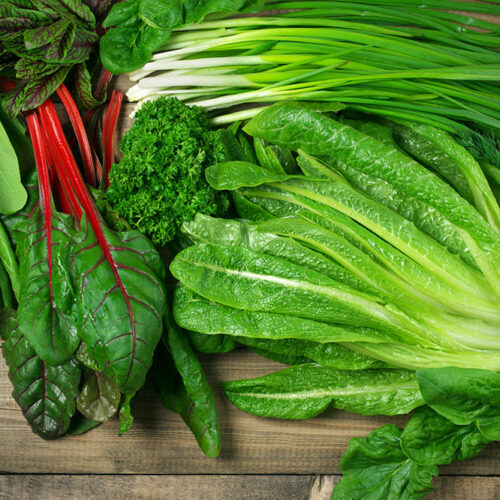7 foods to eat with a chronic lung condition

Bronchiectasis and Mycobacterium Avium Complex (MAC) are lung diseases that can severely impact people’s health and quality of life. While managing these conditions can be challenging, eating balanced meals can certainly help maintain lung health while improving overall well-being and quality of life. This article reviews seven foods that one should try to include in their regular meal plan for eating well with chronic lung conditions like bronchiectasis or MAC. 7 foods to eat with a chronic lung condition Fish Fatty fish is high in omega-3-rich fatty acids, which have anti-inflammatory properties and could reduce lung inflammation and improve their function. Eating fatty fish regularly is an easy and tried and tested way to improve the health of your lungs. Nuts Nuts, such as walnuts and almonds, can offer several excellent nutritional benefits to those suffering from chronic lung diseases. Nuts contain vitamin E, an effective antioxidant that shields lung cells from damage caused by free radicals. This improves lung function and lowers the risk of getting respiratory illnesses, making nuts an ideal addition to a balanced meal plan. Berries Berries like blueberries and raspberries contain antioxidants that can reduce lung inflammation and improve their function. Furthermore, blueberries contain vitamin C, which has been known to boost immunity and protect against respiratory illnesses, making them an ideal food choice to help build a healthy lung.






